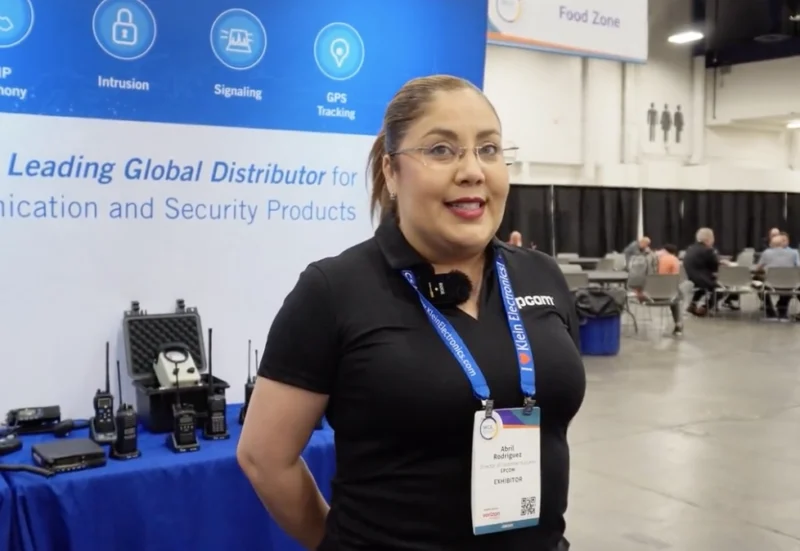Ham Radio at 10,000 Feet in the Air: Parachuting and Radio Adventures with Carlos / KD9OLN
In the thrilling world of amateur radio, enthusiasts like Carlos Felix Ortiz / KD9OLN are pushing the boundaries of the hobby to new heights—quite literally. Carlos combines his passions for parachuting and radio communication, creating one of the most unique ham radio broadcasts available. Why does he do it? Thrill seekers don’t answer why’s; they say, “Why not.”
Ham radio operators are not the niche club of communicators; at last survey, there are over three million licensed radio amateurs spread across the globe. In 2018, there were more than three million parachute jumps recorded.
Parachuting and radio communication might not seem like a natural fit, but Carlos makes the experience seamless using ICom’s IC705. There are reasons for his choice, which comes down to performance and safety.
Carlo’s Thoughts
Hi, I’m Carlos, KD9OLN. And when I’m not in my shack using my radio, sometimes I find myself at a park using my radio, but more often, I do this with my radio. I’m activating while under a parachute. I call it parachute mobile, and for that, I have been using an Icom IC706 Mark II G in the past, and now I just bought an Icom IC705 for the same purposes. Why the 705? It is very simple. Making a parachute jump requires a lot of safety checks, and part of the safety check system requires me to be very mindful about what I take in this guy. The less equipment I take, the better off I am. In this case, this one radio gets me all the bands and all the modes, and a super important feature for me is the ability to record my QSOs to a micro-SD card because, as you might imagine, logging QSOs while under a parachute, is kind of difficult.
So, I’m able to land, and I’m able to log all my QSOs after the fact with the sound file that came off of my 705. That sound file also lets me edit my videos so that you hear the QSO as it went from the radio and back to me. We hear your voice, and you hear what my radio is transmitting of my voice. So every once in a while, you’ll hear a little bit of wind noise, and that’s because, well, you know, I’m flying. In addition to that, the GPS log on the radio is a backup log for me. I already carry a GPS logger, but having a second file is always a nice thing. Two is one, and one is none, right?
This radio checks all the boxes for me, so I’m super happy to be doing parachute mobile and parks on-air activations with my Icom IC705. All right, gang, jump number two. Parachute mobile, Camp Vention weekend. These awesome folks are going to go skydiving. We’re going to see them leave the airplane. Then we’ll get out in the air and play radio. See you guys in the sky.
Article by James Kent



